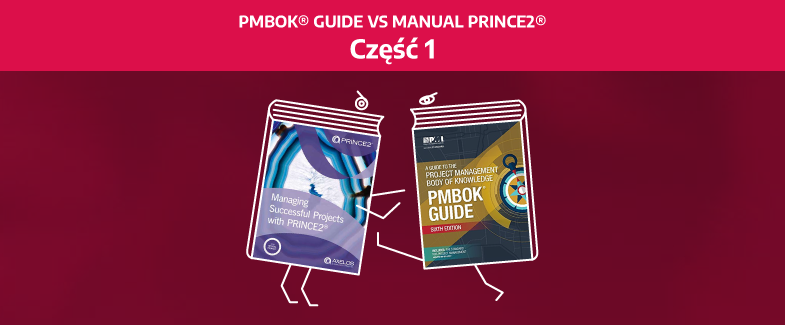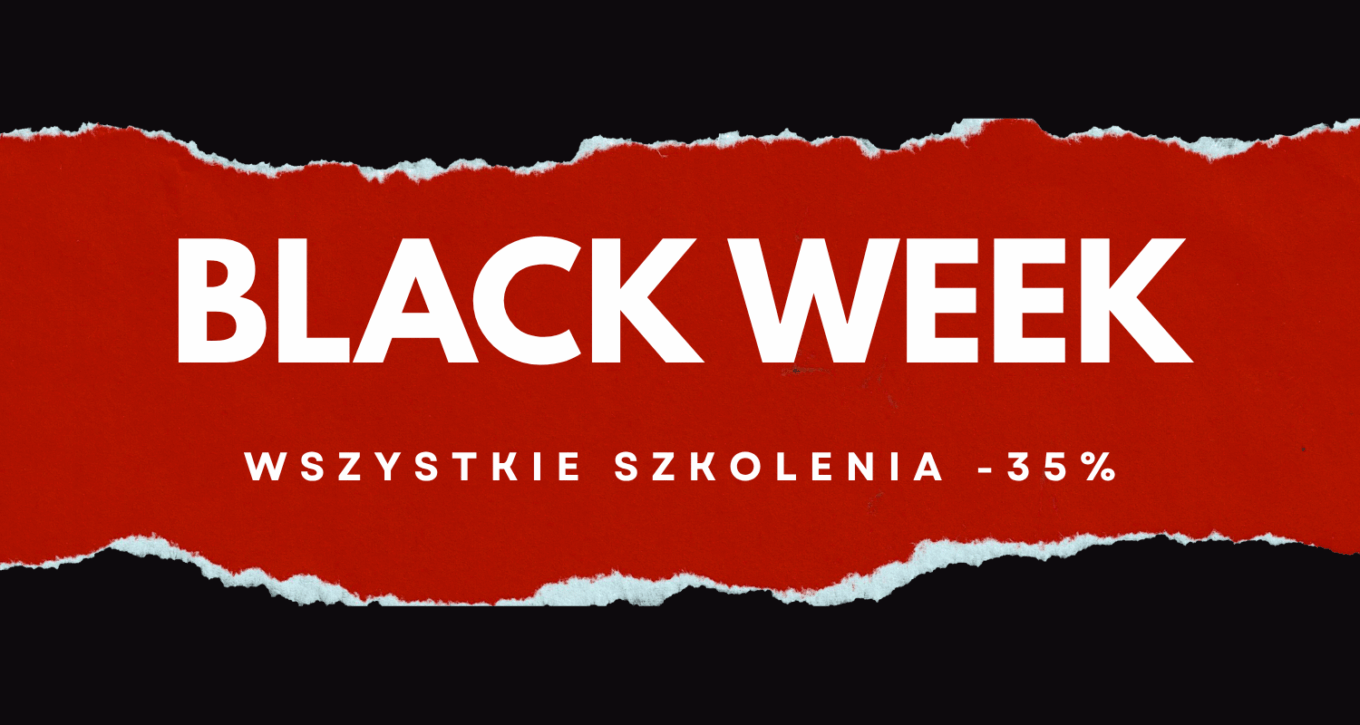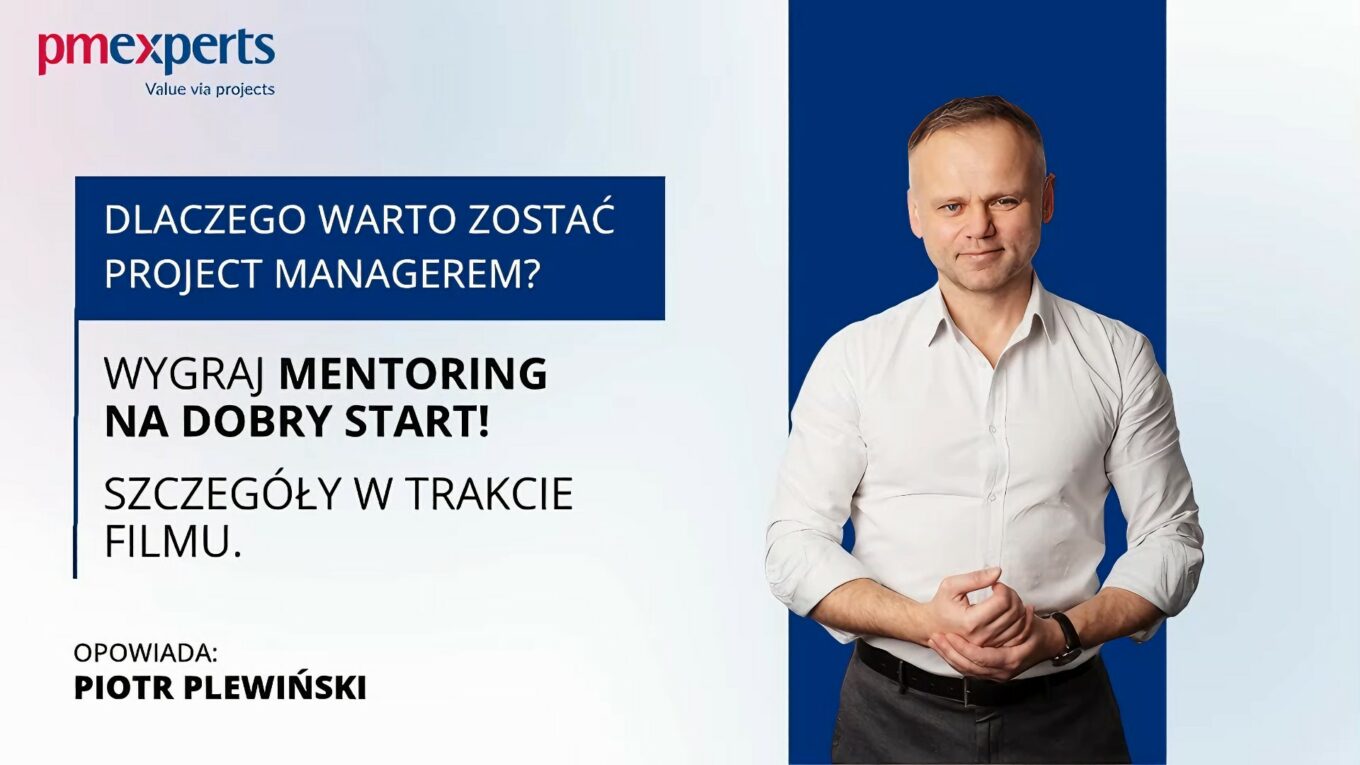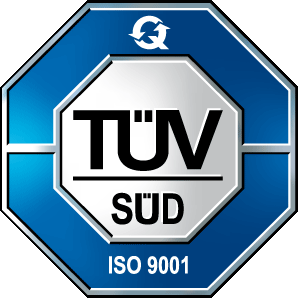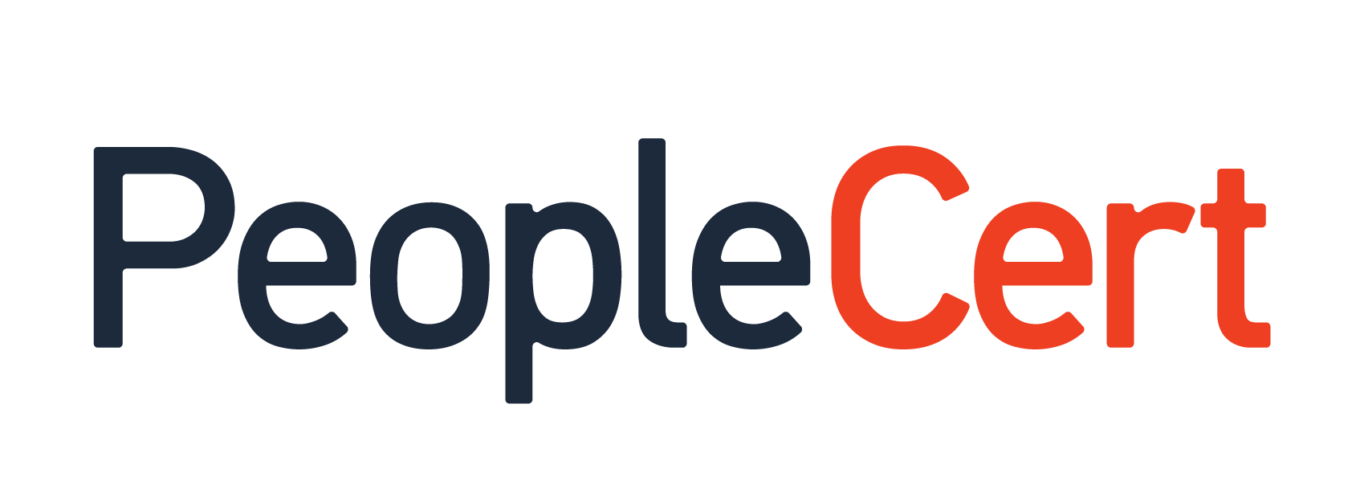In the first text from the series "PMBOK® Guide vs manual PRINCE2®" I presented the thesis that both "books" complement each other. In the second one, I tried to show that both indicate the need for a business justification of the project and emphasize the responsibility for it of the superior project manager (i.e. the sponsor - the chairman of the steering committee). This is crucial because the project has to deliver not only deliverable (PMBOK® Guide), or out-put (PRINCE2®). Thanks to them, we are to achieve benefits for the organization conducting/contracting the project. These benefits make a business case for the project and are to be managed.
In the current text, I am entering the previously announced path marked out by the 10 areas of knowledge contained in PMBOK® Guide. The first is project integration management. It specifies "(...) processes and activities for identifying, defining, combining, unifying and coordinating various processes and management activities in the project (...)". 6th edition ""PMBOK" offers us as many as 49 management processes that contain many times more possible actions. It is obvious that we need to have tools to decide which ones to use and which to ignore in our project.
The processes that make up project integration management will be used for this purpose. Below I present them together with the key output objects, combined with the corresponding processes of the PRINCE2® methodology and their "management products". There are only 7 processes in the PRINCE2® methodology. However, anyone who assumes that one PRINCE2® process always includes several processes from PMBOK® Guide, here the matter is more complicated. However, before we take a closer look at it, let's answer the question: who will run all this?
PMBOK® Guide it leaves no room for interpretation. In Key Concepts for Project Integration Management, the first sentences explain it all: Project Integration Management is specific to project managers. (…) responsibility for Project Integration Management cannot be delegated or transferred. It is the project manager who brings together the results in all knowledge areas and has an overall overview of the project. It is the project manager who is ultimately responsible for the project as a whole.
The first process conducted by the project manager in accordance with PMBOK® Guide is the Develop Project Charter process. It is intended to be a document that ensures understanding of the key deliverables, milestones, roles and responsibilities in the project. The project manager, who should be appointed by the sponsor as early as possible, is responsible for creating the project charter, although it may happen that the document is created by the sponsor before he appoints the PM. The entity commissioning the project should be involved in its creation.
Trochę inaczej sprawę stawia metodyka PRINCE2®, w której odpowiadający karcie projektu dokument o nazwie „założenia projektu” (ang. project brief) powstaje w procesie przygotowanie projektu. Tu obowiązkowo przewodniczący najpierw powołuje kierownika projektu i ewentualnie członków zespołu project management.. Założenia projektu dokumentuje kierownik projektu konsultując ich treść z przewodniczącym, zespołem, a także innymi interesariuszami, w tym z kierownictwem organizacji lub programu.
Although in both cases the approval of the document is considered the formal start of the project in the organization, important differences should be noted. According to PMBOK® Guide Sponsor approval is the output of the Create a Project Charter process and authorizes the project manager to commit resources to project activities. In the PRINCE2® methodology, this and subsequent key decisions are made by the chairman of the steering committee in the process of directing a project.
Moreover, the mere approval of project assumptions is not sufficient to commit resources to the project. An initiation stage plan is also necessary, in which the project manager will present what resources he wants to involve in project planning and how. The decision called "permission to initiate the project" is made in accordance with the PRINCE2® methodology based on both documents and authorizes the project manager to commit resources only in the first stage of the project, i.e. the initiation stage.
If we recall the two figures presented in the previous text, we can notice the similarity between the initiation stage included in the PRINCE2® methodology and the organization and preparation phase of PMBOK® Guide. In both cases, they precede implementation stages/phases. We can therefore assume that they are used to prepare implementation works based on the approved project assumptions or project charter. In both cases, a document will be created specifying not only what, how, when and for how much, but also the principles of carrying out the project's work.
This document is called project initiation documentation in the PRINCE2® methodology and project management plan in PMBOK® Guide. Both approaches agree that this is a necessary document in every project. In smaller projects, this will largely be the base project plan, although it will certainly include basic rules. As projects become more complex, they may take on more complex forms.
I will present it in more detail in the next text in this series.
Author: Maciej Krupa

